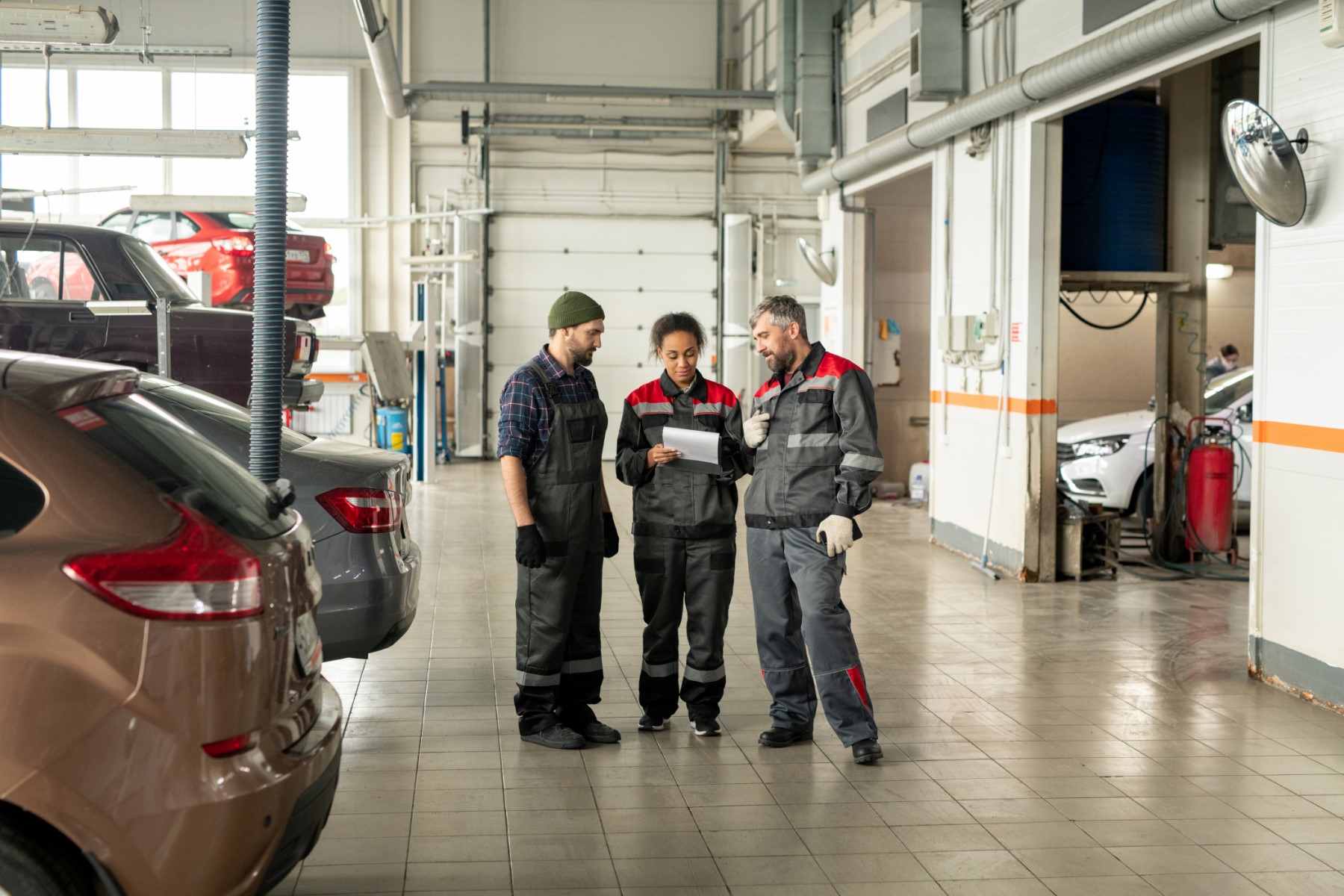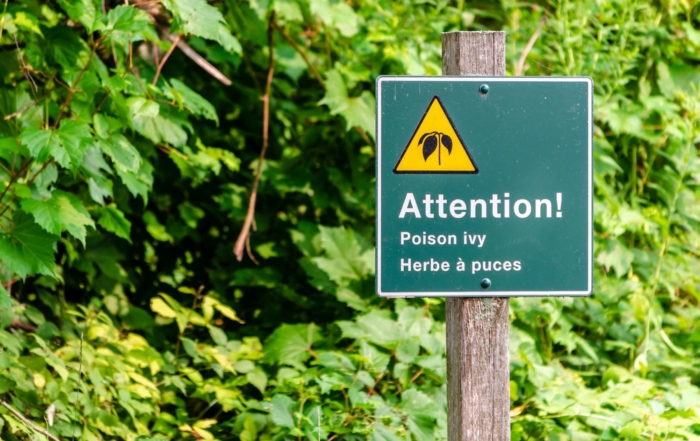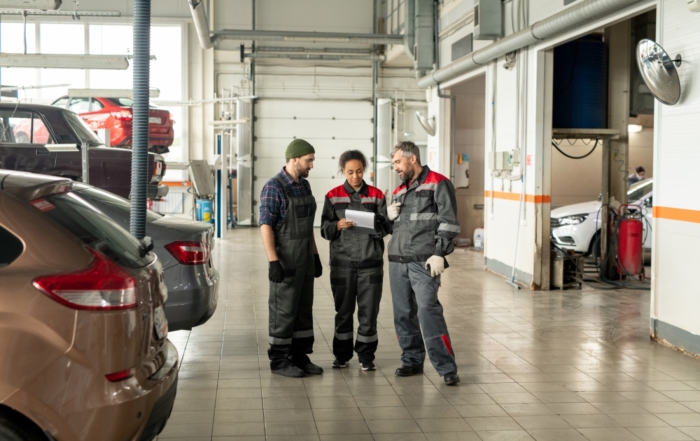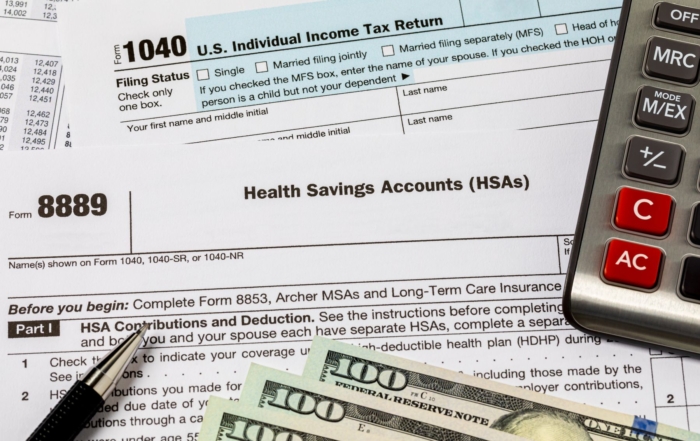In a fast-paced work environment across various industries, ensuring the safety of employees and customers against slips, trips, and falls (STF) is crucial. These incidents, ranging from minor bruises to severe injuries, can lead to significant financial liabilities for businesses. The Consumer Product Safety Commission (CPSC) reports over two million fall injuries annually, related to floors and flooring materials. Fortunately, with diligent maintenance, strategic floor treatments, and thoughtful design planning, most of these incidents are preventable.
Proactive Design and Maintenance:
Ariel Jenkins, Assistant Vice President of Risk Services at Safety National, emphasizes the importance of integrating safety and risk management professionals early in the design process. Learning from past incidents is key to implementing effective preventive measures. Enhancing the visibility of potential hazards, such as through brightly painted curbs or eye-catching decals on clear surfaces, can significantly reduce the risk of accidents.
Key Strategies to Control Hazards:
- Surface Management:
Evaluate the slipperiness of walking surfaces to determine the need for floor treatments that can increase friction and reduce slip risks. - Prompt Cleanup Practices:
Establish and enforce strict housekeeping protocols to quickly address spills, using appropriate signage and cleanup tools to mitigate hazards. - Maintenance of Walkways:
Conduct regular inspections and repairs to address any damage caused by natural elements, ensuring safe passage for all. - Area Safety:
Keep all areas well-maintained, marking and sectioning off any hazardous spots, particularly during adverse weather conditions, to prevent accidents. - Effective Matting Solutions:
Deploy mats at entrances to abrade and absorb moisture and debris from shoes, replacing them as necessary to maintain their effectiveness. - Lighting for Safety:
Ensure all areas, especially transitional spaces, are adequately lit to prevent missteps and falls, adhering to minimum lighting requirements. - Safety Measures for Elevated Areas:
Implement guards and avoid placing objects near elevated areas to protect against falls, with a particular focus on safety around any heights. - Water Management:
Ensure proper drainage to prevent slip hazards, especially in colder climates where ice can form, and maintain all drains to avoid water backup and pooling.
Focusing on safety and the prevention of premises liability claims is a critical component of operational success and building trust, regardless of the industry. By adopting these strategies, businesses can foster a safer environment, effectively mitigating the risks of slips, trips, and falls. We encourage all industry members to review their risk management practices and consider how these proactive measures can be integrated into their operations. For further guidance and resources on enhancing workplace safety, connecting with a team of risk management experts can be invaluable. Contact NARFA today and together, let’s work towards creating a safer, more secure environment for everyone.
Recent Posts
Poison Ivy, Oak & Sumac Safety Guide for Landscaping, Construction, and Outdoor Workers
Why Construction and Outdoor Workers Need to Know About Poison Plants The CDC reports that 80-90% of adults develop rashes from poison ivy exposure, and [...]
Multi-State Business Operations: Insurance and Compliance Strategies for Growing New Hampshire Auto Companies
Picture a successful New Hampshire automotive dealership that starts with a single location in Manchester. Over time, they expand their service territory, hire employees who [...]
Revolutionary HSA Changes in the 2025 Budget Bill: Your Complete Guide to Expanded Benefits
Introduction: A Game-Changer for Healthcare Financial Planning The 2025 federal budget reconciliation bill, recently passed by the House, introduces the most significant expansions to Health [...]




